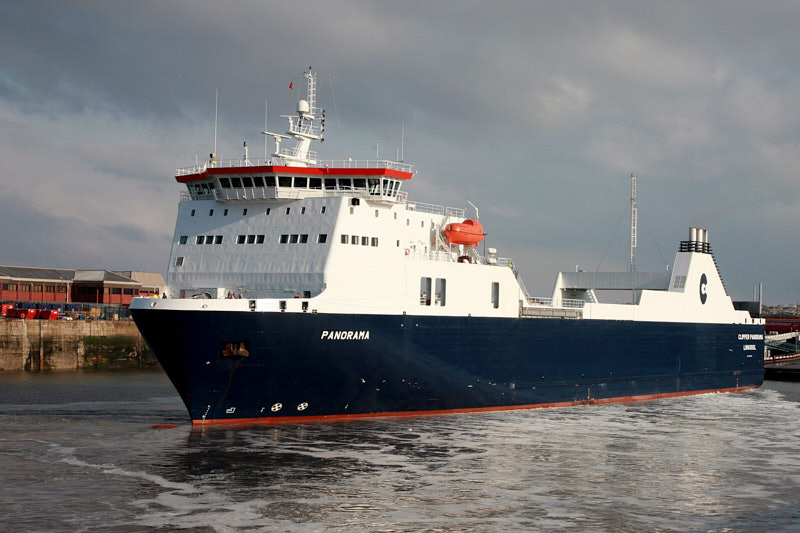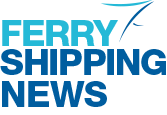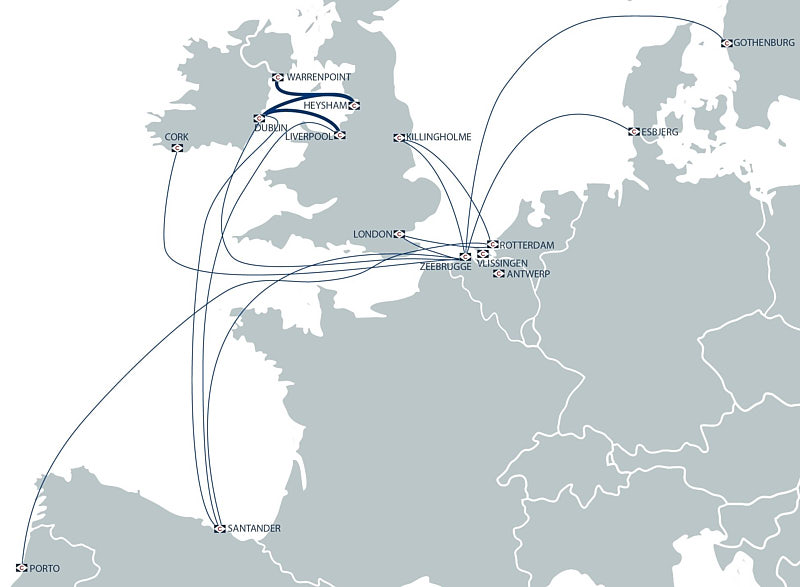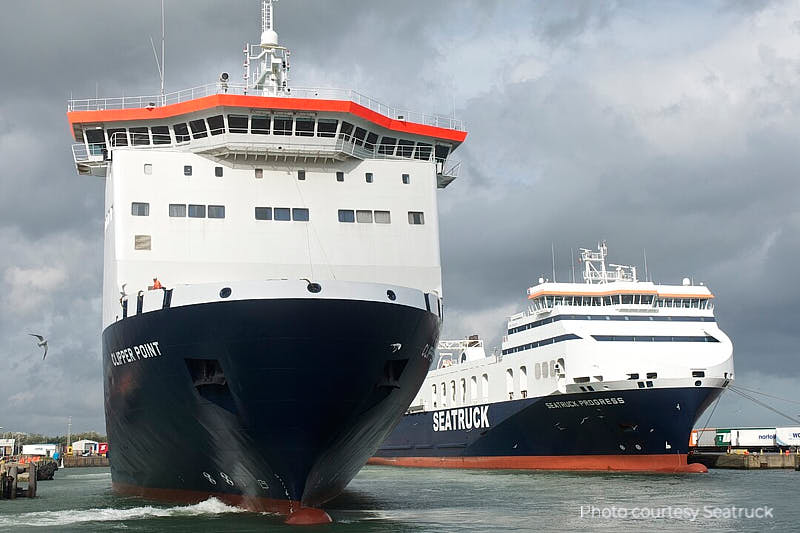On November 10, CLdN completed the agreement to acquire all Seatruck Ferries Holding Ltd shares from Clipper Group of Denmark.
This follows the approval of the proposed merger given by the Irish competition authority on 28 October 2022.
CLdN CEO, Florent Maes, says: “We are excited to welcome the Seatruck colleagues into the CLdN family. By combining and leveraging each other’s strengths, we will continue improving the service for both Seatruck and CLdN customers.”
“Through Seatruck’s long-term presence in the ports of Heysham and Warrenpoint and in our key hubs of Dublin and Liverpool, we expand the group’s network and are determined to invest and add capacity to our shipping lanes which serve these ports.”
“Seatruck’s imminent move to a terminal adjacent to ours in Dublin will offer our customers seamless transhipment opportunities from the start of 2023, allowing direct access to the group’s Iberian, Irish, UK and continental European markets.”







